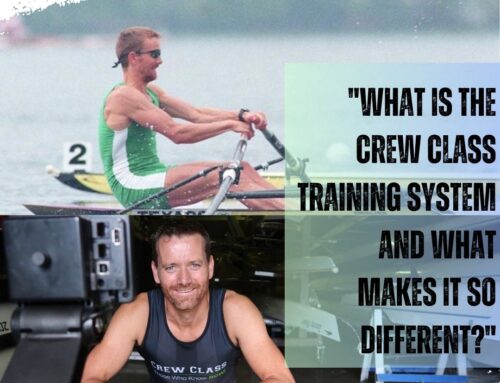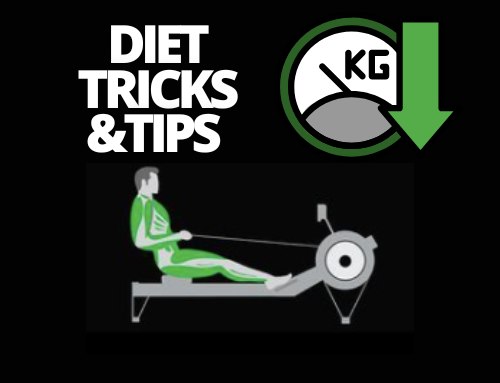Welcome to the Why Row? Series
Introduction
You often hear me talking about rowing being a total body exercise, or you might have seen some of my social media posts describing rowing hitting 87% of muscles compared to running and cycling which work about 44%. In this blog series, I’m going to talk about some of the health and fitness benefits of rowing. If you follow the YouTube channel, you’ll know that we did a “Mileage Month” in April, focusing on building miles and burning calories. The first blog in this series is going to talk about why rowing is a big calorie burner and why we burn more fat when we row compared to other types of fitness training. The other blogs in this series will look at the strength and conditioning benefits and the training zones we work in different types of Crew Class sessions. You know by now that these blogs are based on what I have learned over years as an athlete and coach – there is real science behind it though – I bleedin swear!
#1 Energy Systems
Rowing is an energy demanding sport – meaning you burn a lot of calories when rowing compared to other types of training. Not only that, but you also burn more fat when rowing compared to other sports. There’s lots of data out there to show this, but I don’t intend to go into the nitty gritty of research here – instead I want to talk about the practicalities. The bigger calorie and fat cost of rowing compared to other types of training is down to the point I made introducing this series – you use almost every muscle in your body when rowing. This has major benefits for health and fitness, particularly if weight loss or a change in body composition is one of your goals.
More Muscle, More Fat?
So why does using more muscles when rowing mean that you use more fat as your energy source? This is where it gets a bit more complicated! We have two main sources of energy when we exercise: 1) carbohydrate and 2) fat. When we are working at a very high intensity (short interval sessions) we use more carbohydrate; when we work at a lower intensity (long continuous sessions) we use more fat. If your training focuses on just a few muscle groups, then those muscles will have to work at a high intensity to get through the session and so will rely more on carbohydrate as the energy source. When we are rowing, we are using almost all muscle groups. That means you not only need more energy to get through the session, but importantly you can spread the workload (intensity) over more muscles. It is this spreading of intensity that allows you to use fat as the main energy source for longer. All in all, this means that when you are rowing, you can tap into your fat stores to meet the energy demands of the session.
Value for time and effort!
From a health and fitness perspective, rowing offers greater value for the same amount of time and effort than other training sessions. In this blog I hope I have been able to explain why this is, from an energy systems perspective. The next blog in the Why Row? Series will focus on the strength and conditioning benefits of the different types of sessions that we do in Crew Class. This is a really important one as it will highlight the training benefits of this non weight-bearing total body workout, which makes it an ideal training session for all groups – from total beginners right up to well-trained sports people looking to improve strength and conditioning.






